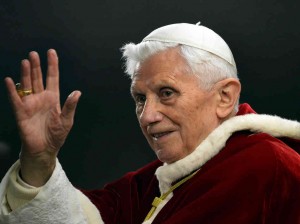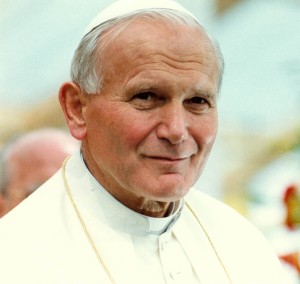It has been hard to avoid the sight of Operation Christmas Child boxes around campus the last few weeks. In years past, I have been the one filling them with dollar store toothbrushes, coloring books, school supplies, dolls, socks, etc. This was a project undertaken by countless years of youth groups as well as within my own family.
This year I haven’t.
 I was considering why I had become so uncomfortable with the images of smiling children with their shoeboxes of toys, and I think I realized why. This semester, for my senior seminar, I’ve been studying a myriad of nonprofit organizations and the different ways they give back. My concern about Operation Christmas Child is simply this: that it tries to do a lot of things, and it doesn’t do any of them particularly well.
I was considering why I had become so uncomfortable with the images of smiling children with their shoeboxes of toys, and I think I realized why. This semester, for my senior seminar, I’ve been studying a myriad of nonprofit organizations and the different ways they give back. My concern about Operation Christmas Child is simply this: that it tries to do a lot of things, and it doesn’t do any of them particularly well.
What are you trying to achieve with your shoebox of gifts? If you are trying to have a personal connection with a person on the other side of the world, sponsor a child or find a pen-pal. For the past few years I have been writing to a Kenyan middle-schooler through Empowering Lives International. Her name is Gloria, and she wants to be a professor at a university. I have no doubt in her capability to do so. But the reason I know she can achieve her ambitions is because we have a (limited) relationship. I have written to her and received responses over time. The recipient of your shoebox, on the other hand, is unknown to you, and you are equally anonymous to her.
The level of monitoring appropriate to various types of programs is frequently debated in the international development community. One approach is known as outcome-based aid, which according to the definition used by the World Bank attempts to tie disbursement of aid to specific results achieved by the recipient of the aid. This approach to development has received some pushback due to the intangible, long-term character of many interventions.
It is even more difficult to hold mission-based programs to standards because of the non-coercive element that should be inherent in preaching the gospel. It should never be a condition that someone need to become a Christian in order to participate in a program. On the other hand, how can we know if a given program is doing anything? One standard to look at is the impact a given program will have over the long term. Over the years, it has become apparent that giving out free things tends to have a net negative effect, destroying the ability of local entrepreneurs and farmers to make a living.
Of course Christians run mission hospitals, schools, feeding centers, water access programs and many other sorts of projects around the world. But there is a clear difference between showing the love of Christ through sacrificial service, and giving people things in exchange for listening to the gospel. The one is in the tradition of the disciples; the other is in the tradition of American consumerism.
Mediocrity is not something we accept readily in most aspects of our lives. When it comes to international development and Christian mission, though, it sometimes seems like good intentions are good enough. But to paraphrase blogger Jamie Wright, good intentions do not relieve us of our responsibility to engage carefully with the world. Part of responsible engagement is taking the time to think through what you are supporting. If it were your sister in need, would you prefer her to receive a single box of gifts at Christmas? Or would you wish instead for school sponsorship and medical care, or the love of a pastor or missionary in her own community?
It’s amazing that you feel called to participate in the spread of the good news. The last thing I would ever want to do is discourage that impulse. And if Operation Christmas Child is something you’ve thought through and truly believe in, I can’t find fault with that.
What I can do, though, is encourage you to carefully consider what you are doing when you fill that box with a washcloth, a ball, soap, crayons. And think if there is a different way you could achieve your goal of encouraging school attendance, good hygiene, a happy childhood, or the spread of the gospel.
Operation Christmas Child is not the worst thing a person could do to show love at Christmas. But I would argue that it is far from the best.


